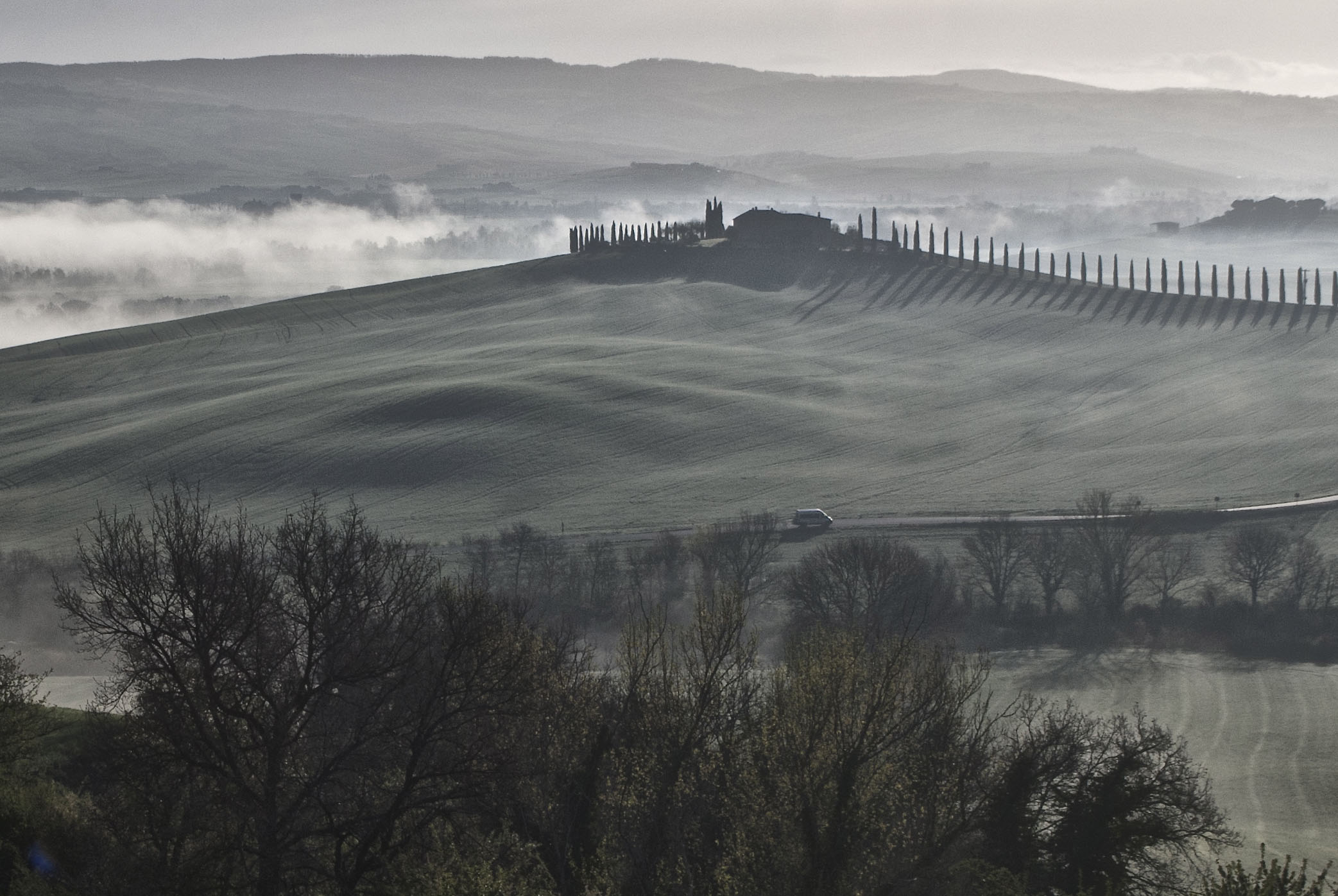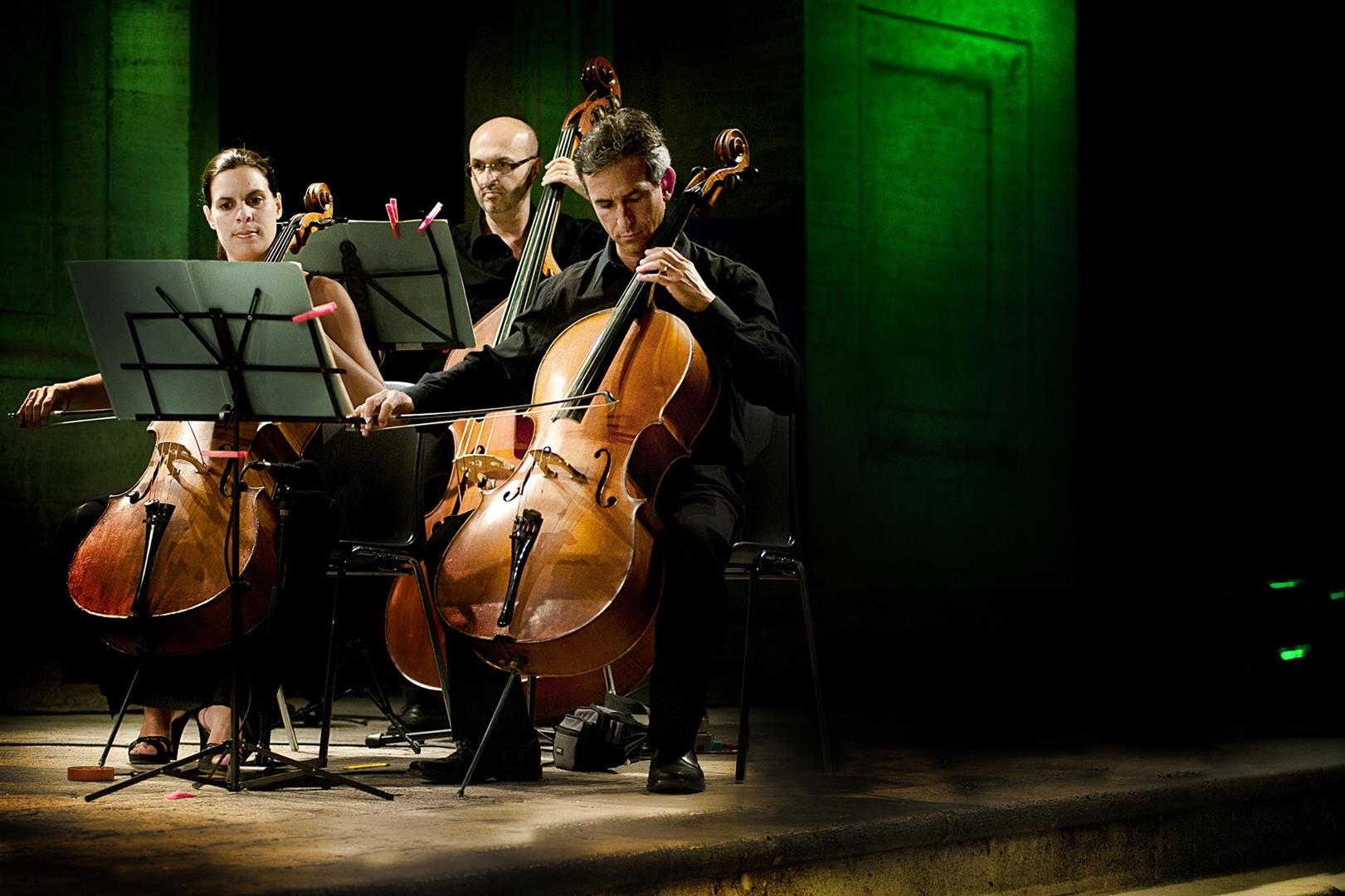The Park

Art
The Val d’Orcia was loved and celebrated by painters of the Siena School who, through their own works, testify those periods of wealth enjoyed by the valley and the Tuscan way of life.
The local art allows you to relive the Renaissance era which the Val d’Orcia and Tuscany are still able to flaunt.
Painted testimonies live on in paintings and frescos, while the architecture of ancient villages is the same as it has always been, making for some very striking landscapes.

Nature
The iconic countryside and hills of this area characterise the elements and surroundings, narrating the close interactions between man and nature.
The resulting union of these elements is a fascinating landscape where agriculture – cultivated fields, pastures and coloured vineyards – interweaves with peaceful farmhouses off white tracks, rows of cypresses and natural areas of unusual geological forms. Add to this the visible signs of ancient marine deposits, and it is safe to say the Val d’Orcia landscape truly is a window into the past.

Culture
In the Val d’Orcia is especially rich in architectural and artistic property, helping to make it a cultural site of global relevance.
The five councils here are characterised by urban and extra-urban structures dating back to the Middle Ages and the Renaissance era. Characteristic are also the architectural and artistic furnishings that enrich the cultural value of these places. Besides the five main council towns of the valley – Castiglione d’Orcia, Montalcino, Pienza, Radicofani, and San Quirico d’Orcia – the vast number of fortified villages and civil and religious settlements creates a network of historical, artistic, architectural and environmental reference points.


